How to make a solar eclipse viewer to safely watch the total solar eclipse on April 8
Don't have a pair of eclipse glasses to view the April 8 total solar eclipse? No sweat; you can make a safe and simple DIY eclipse viewer with a box, some tinfoil, and a few household craft supplies.
On April 8, a total solar eclipse will streak across North America, passing northeast from Mexico to Canada. Viewers in 15 U.S. states along the path of totality will have a chance to see the fully obstructed sun, while nearly every other state will see at least a partial solar eclipse.
But no matter where you view the eclipse from, you need to do it safely. It's extremely dangerous to look at the sun, even if most of its light is obscured by the moon. Just as a magnifying glass can focus enough sunlight onto a leaf to start a fire, the lens in your eye can also focus that sliver of light onto your retina to burn it. And because retinas have no pain receptors, you can damage your vision without even feeling it happen.
Let us make this perfectly clear: Don't look at the sun during a partial solar eclipse! Only during the few minutes of totality, when the sun's disk is completely covered by the moon, is it safe to view the eclipse with naked eyes.
Instead, NASA advises wearing a pair of approved solar eclipse glasses, or viewing the phenomenon indirectly through a handheld eclipse viewer. If you don't have any of those things on hand, don't stress; the best way to view an eclipse is through a simple pinhole camera, which can be made with materials lying around your house. Here's how.
What you'll need
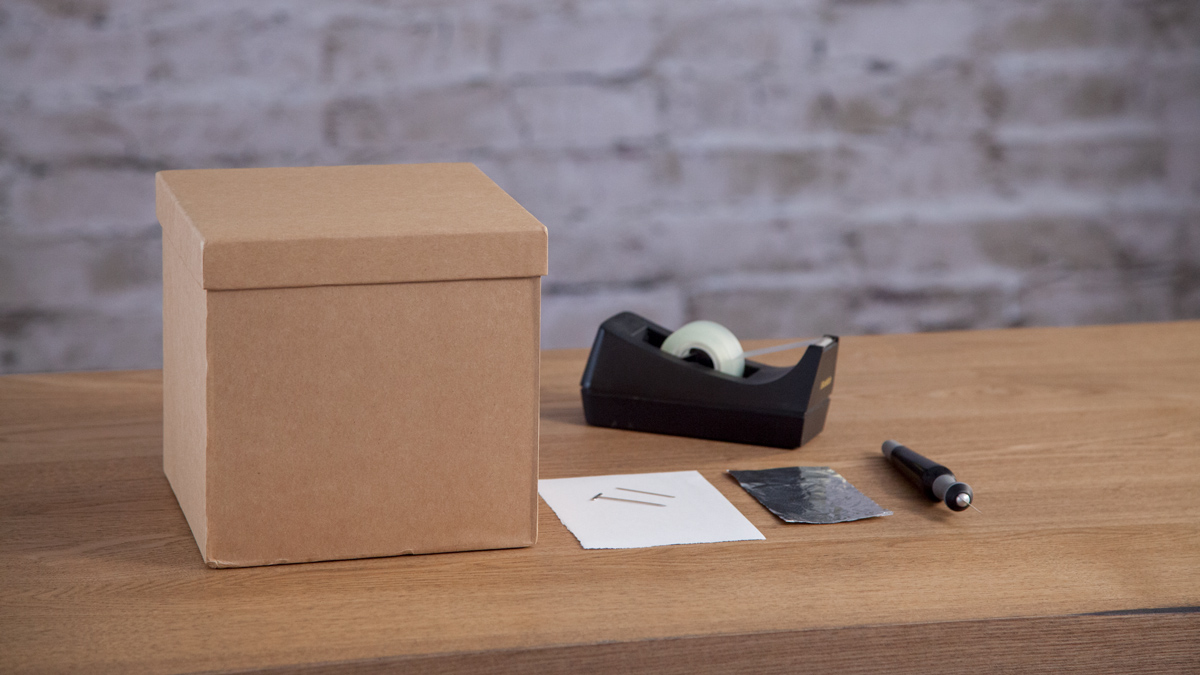
To build one, all you need are a few household supplies: a box (a shoebox will work), a small piece of tinfoil, a white sheet of paper, tape, a pin or needle and a box cutter or X-Acto knife.
Step 1

Cut a small hole, about 1 inch (2.5 centimeters) across, in one end of the shoebox, near the top edge.
Step 2
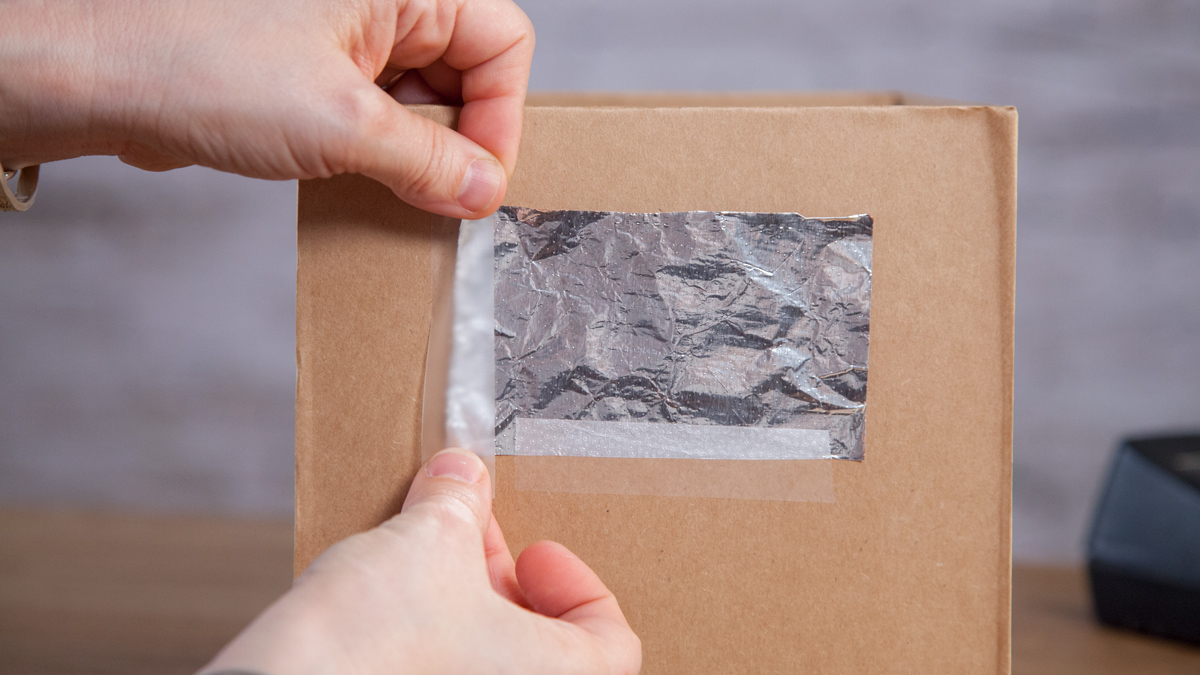
Tape a piece of tinfoil over the hole.
Get the world’s most fascinating discoveries delivered straight to your inbox.
Step 3

Using a pin or needle, punch a hole in the center of the foil.
Step 4

Tape a small piece of white paper to the inside of the box, at the opposite end from the foil-covered hole. The paper should be positioned so that light entering the box through the pin hole will hit it. This is your "projection screen," where you'll look for the image of the sun.
Step 5
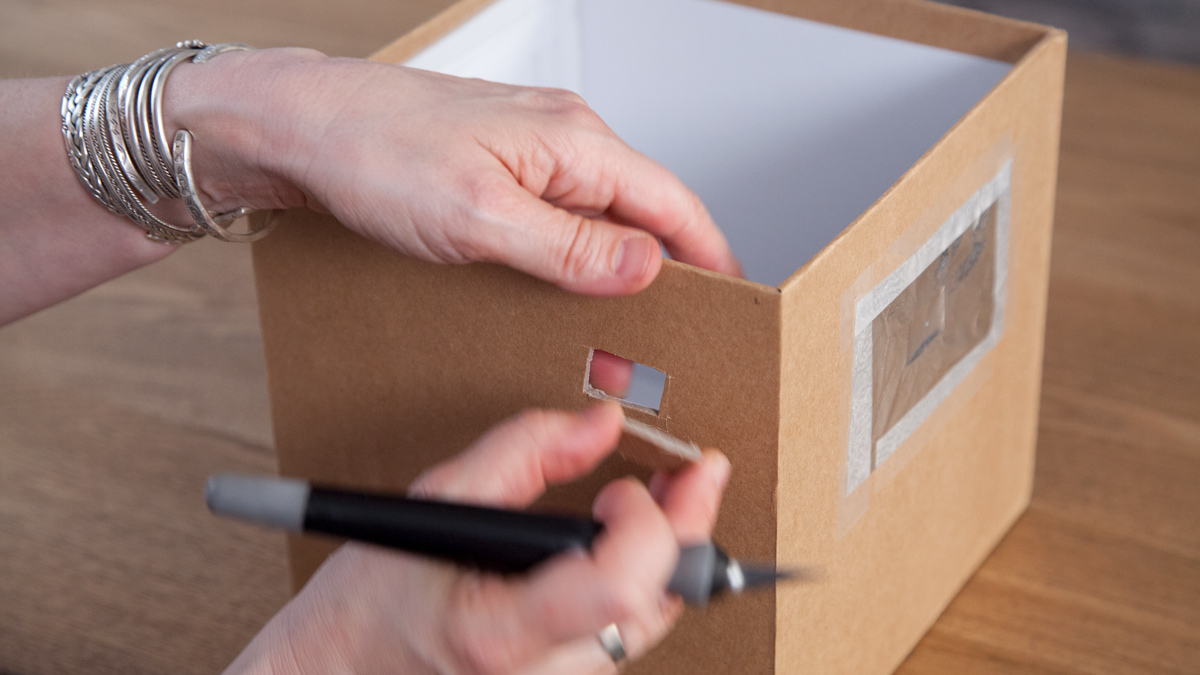
Cut a 1 inch (2.5 centimeter) hole in the box on a side adjacent to the image screen (the white piece of paper). This is your viewing hole; it must be positioned so that you can look through it at an angle and see the white paper.
Step 6
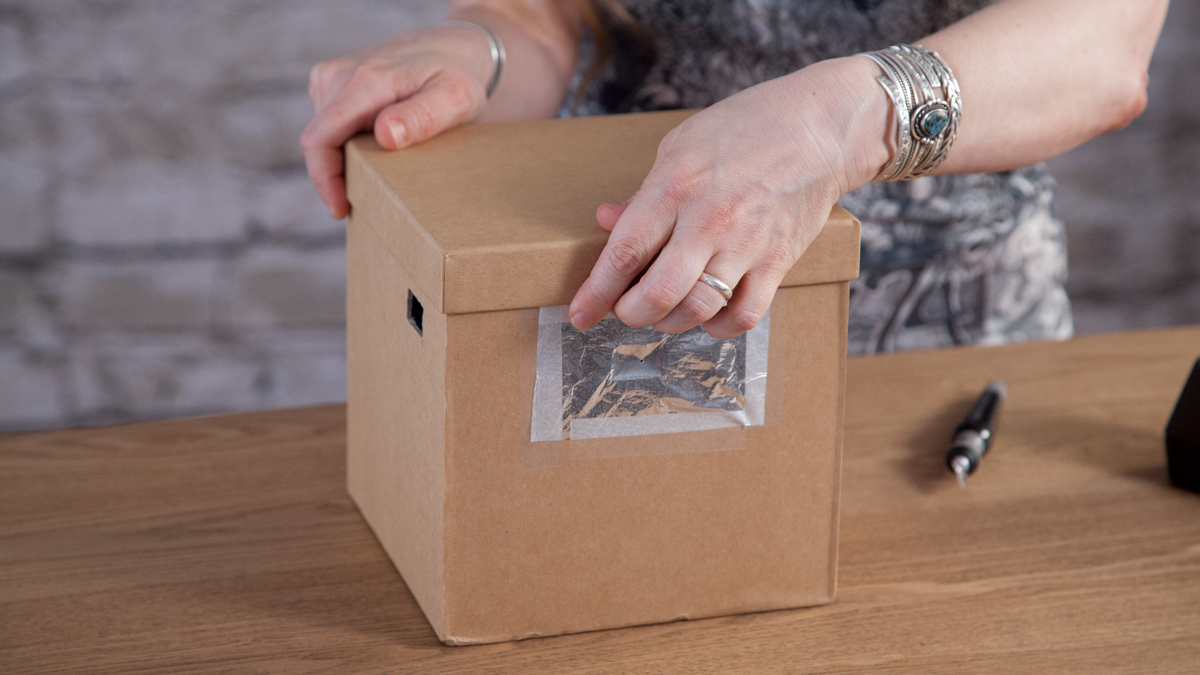
Place the lid back on the box.
Watch the eclipse
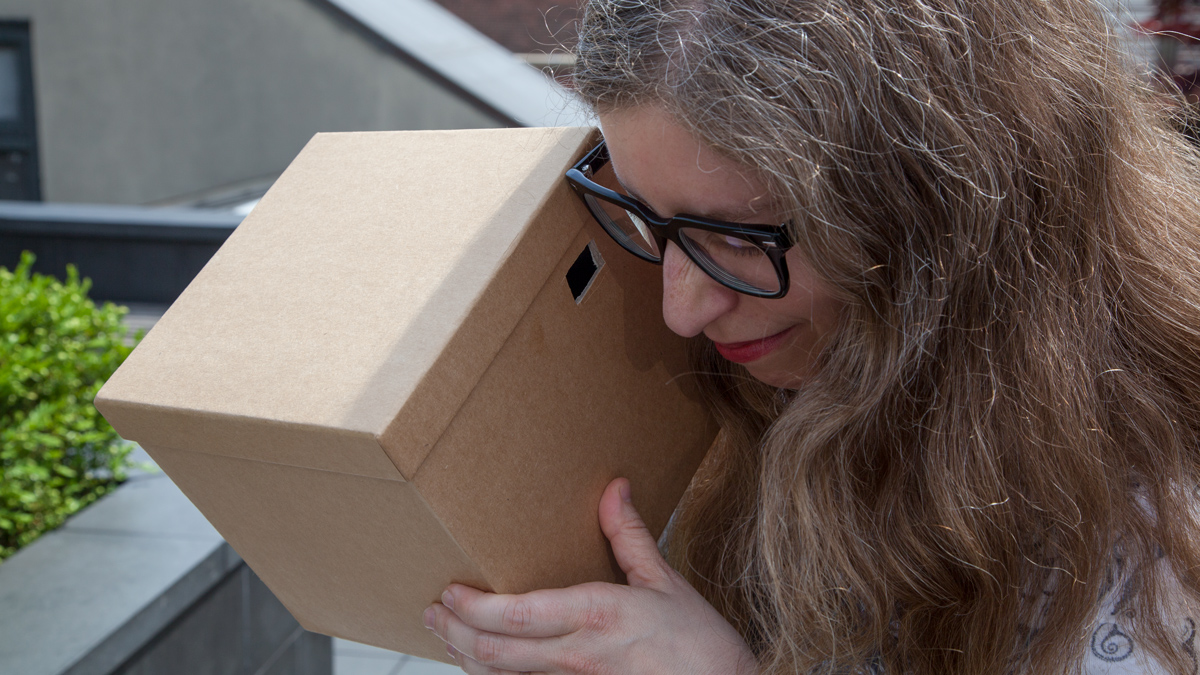
To test your viewer, take it outside on a sunny day and hold the shoebox so that it lines up with its own shadow, aligning with light from the sun.
Stand so that when you look through the viewing hole, you can see a tiny circle of light on the image screen; that's the sun. During the eclipse, you'll see the shadow of the moon pass in front of the sun.
REMEMBER: Looking directly at the sun, even when it is partially covered by the moon, can cause serious eye damage or blindness. NEVER look at a partial solar eclipse without proper eye protection.
Update: This article was updated on March 20, 2024, to include relevant information about the total solar eclipse on April 8.

Mindy Weisberger is an editor at Scholastic and a former Live Science channel editor and senior writer. She has reported on general science, covering climate change, paleontology, biology and space. Mindy studied film at Columbia University; prior to Live Science she produced, wrote and directed media for the American Museum of Natural History in New York City. Her videos about dinosaurs, astrophysics, biodiversity and evolution appear in museums and science centers worldwide, earning awards such as the CINE Golden Eagle and the Communicator Award of Excellence. Her writing has also appeared in Scientific American, The Washington Post and How It Works. She is the author of the book "Rise of the Zombie Bugs: The Surprising Science of Parasitic Mind Control," published by Hopkins Press.
